Walter Isaacson’s Benjamin Franklin: An American Life is a comprehensive and detailed biography of one of the most important figures in American history. Franklin was a polymath who made significant contributions in a wide variety of fields, including politics, science, diplomacy, and publishing. This book provides a thorough overview of his life and work and is essential reading for anyone interested in the Founding Fathers and the early days of the United States.
Table of Contents:
1. Introduction
2. Franklin’s Early Life
3. Franklin’s Inventions and Discoveries
4. Franklin as a Diplomat
5. Franklin and the American Revolution
6. Franklin’s Later Years
7. Conclusion
1. Introduction
Walter Isaacson’s Benjamin Franklin: An American Life is a comprehensive and detailed biography of one of the most important figures in American history. Franklin was a polymath who made significant contributions in a wide variety of fields, including politics, science, diplomacy, and publishing. This book provides a thorough overview of his life and work and is essential reading for anyone interested in the Founding Fathers and the early days of the United States.
2. Franklin’s Early Life
Benjamin Franklin was born in Boston in 1706, the tenth son of a soap and candlemaker. He had little formal education, but was an avid reader and taught himself many subjects. He went to Philadelphia in 1723 to work for his older brother, a printer. He soon became involved in the city’s intellectual life, and began publishing articles under the pseudonym ” Silence Dogood .” In 1731, he started his own printing business and began publishing The Pennsylvania Gazette, which quickly became one of the most successful newspapers in the colonies.
Franklin also became involved in politics and was elected to the Pennsylvania Assembly in 1736. He quickly became a leader in the Assembly and was instrumental in passing measures to improve the city’s defenses, build roads and bridges, and promote education. He also played a key role in the founding of the University of Pennsylvania.
In 1743, Franklin began his famous experiment with electricity, which led to his discovery of the nature of lightning and the invention of the lightning rod. He also published his findings in a widely-read article in The Gazette, which helped to make him one of the most celebrated scientists in the world.
3. Franklin’s Inventions and Discoveries
In addition to his work in electricity, Franklin also invented the Franklin stove, a more efficient way to heat a room, and bifocals, a type of eyeglass that corrected both nearsightedness and farsightedness. He also made important discoveries in the fields of meteorology and oceanography.
4. Franklin as a Diplomat
As his reputation grew, Franklin was increasingly called upon to serve as a diplomat. He was sent to England in 1757 to represent the Pennsylvania Assembly in a dispute with the colony’s proprietors. He later served as a delegate to the Continental Congress and was sent to France in 1776 to secure military and financial aid for the American Revolution.
5. Franklin and the American Revolution
Franklin was an ardent supporter of the American Revolution and used his influence in France to secure military and financial aid for the fledgling United States. He also served as a member of the Committee of Five that drafted the Declaration of Independence.
6. Franklin’s Later Years
After the Revolutionary War, Franklin returned to America and served as President of the Pennsylvania Society for the Abolition of Slavery. He also helped to negotiate the Treaty of Paris, which ended the war and recognized the United States as an independent nation. He retired from public life in 1788 and died in 1790 at the age of 84.
7. Conclusion
Walter Isaacson’s Benjamin Franklin: An American Life is a comprehensive and well-written biography of one of the most important figures in American history. Franklin was a polymath who made significant contributions in a wide variety of fields, and his life and work continue to be relevant and inspiring today.

